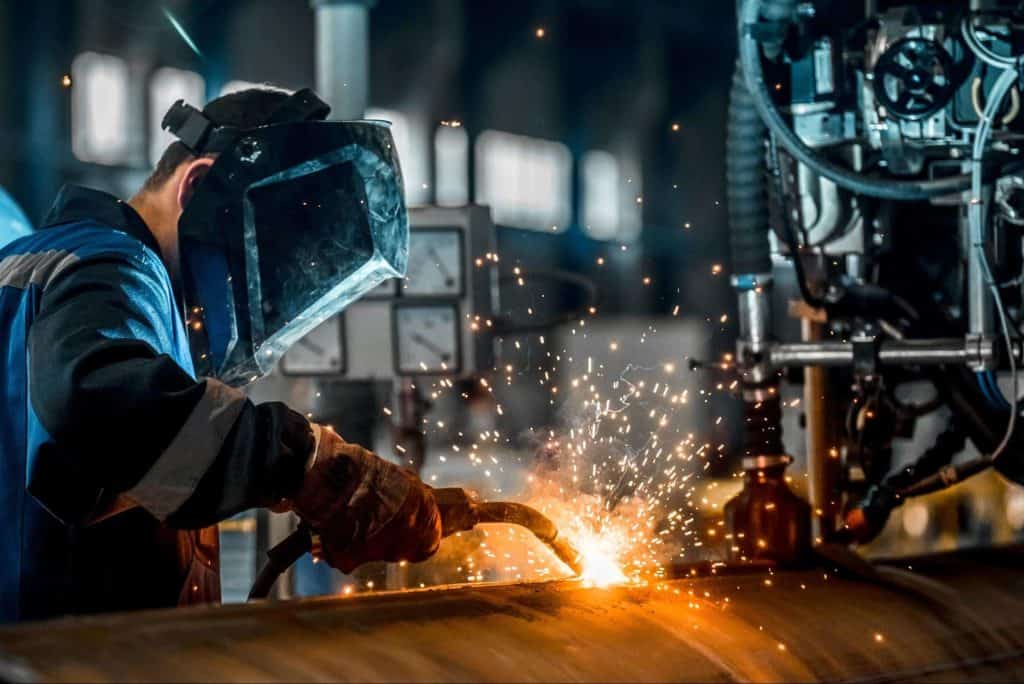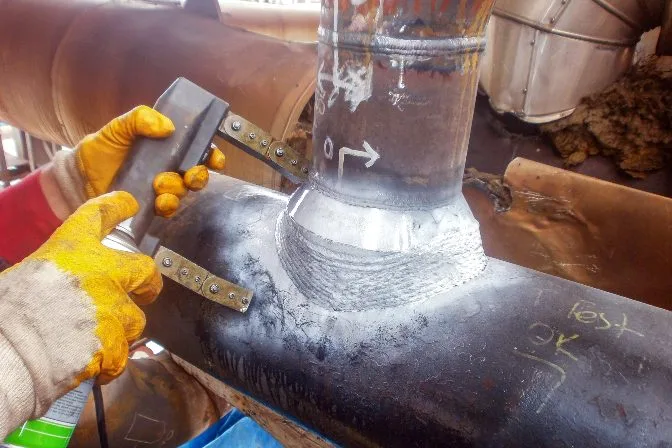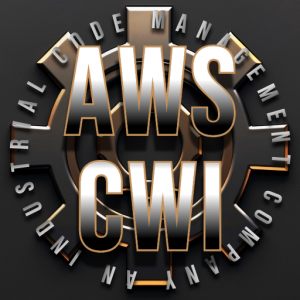Reputable Welding Inspection Gilbert Arizona: Trick Variables to Take Into Consideration for Optimal Results
Exploring the Relevance of Welding Evaluation in Industrial Applications: Guarding Against Failings and Enhancing Longevity
Welding examination works as an important line of defense in industrial applications, making certain the structural stability and reliability of welded elements. By methodically identifying flaws such as porosity and insufficient combination, assessments not just avoid failings but likewise prolong the life-span of important properties. Complying with sector standards improves both safety and security and functional efficiency; however, the ramifications of disregarding these practices can be serious. As we take a look at the complex advantages of normal evaluations, it comes to be apparent that comprehending these characteristics is not just a matter of compliance but a critical crucial for long life and threat reduction.
Duty of Welding Examination
Welding examination acts as a critical protect in commercial applications, making sure that welded structures fulfill defined standards of top quality and security. This procedure includes a systematic evaluation of welds to confirm their integrity, strength, and conformity with well established codes and specs. The role of welding examination is complex, encompassing both visual analyses and non-destructive testing methods, which might include ultrasonic, radiographic, or magnetic fragment testing.
Effective welding assessment recognizes possible problems early, alleviating the risk of catastrophic failings that can develop from inadequate welds. By making certain that welds are carried out according to design requirements, inspectors add to the overall architectural dependability and long life of components in essential applications, such as stress vessels, pipelines, and structural structures.

Usual Welding Defects

One of one of the most widespread issues is porosity, identified by small gas pockets caught within the weld metal. This occurs due to contaminants or inappropriate securing gas, endangering the weld's stamina. Another significant issue is insufficient combination, where the weld metal fails to bond properly with the base product, possibly leading to structural weak points.

Fractures can also create during or after the welding process, usually associated to thermal anxieties or incorrect air conditioning prices. Additionally, damaging, where the base metal is deteriorated along the weld grain, can deteriorate the joint and is commonly triggered by too much warm input or incorrect method.
Moreover, absence of penetration takes place when the weld metal does not get to the root of the joint, bring about inadequate toughness. Comprehending these usual defects is critical for assessors and welders alike to guarantee that bonded structures fulfill safety and efficiency criteria, inevitably preventing prospective failings in industrial applications.
Advantages of Routine Inspections
Routine evaluations act as an essential safeguard in making certain the integrity and longevity of welded frameworks. These examinations identify prospective flaws and weak points that may jeopardize the stability of welds, enabling prompt removal before issues escalate. By carrying out an organized inspection routine, organizations can substantially lower the danger of disastrous failings that might lead to costly downtime, devices replacement, or perhaps mishaps.
Additionally, routine examinations add to boosted quality assurance throughout the welding procedure. By sticking Visit This Link to a regular inspection schedule, companies can guarantee that their welding practices meet recognized quality benchmarks and ideal techniques. This not just promotes a culture of responsibility however likewise motivates constant enhancement among welding personnel.
Additionally, regular inspections facilitate far better maintenance planning. By identifying wear and tear early, companies can purposefully arrange substitutes and repair work, decreasing disruption to procedures. This positive method ultimately brings about prolonged possession lifespan and boosted total efficiency.
Finally, a dedication to routine inspections can improve a company's online reputation in the market. Customers and stakeholders significantly value companies that prioritize security and quality, consequently enhancing depend on and possibly resulting in raised company possibilities.
Industry Standards and Laws
Complying with industry requirements and laws is a fundamental element of welding examination that complements the benefits of routine assessments. These standards, developed by organizations such as the American Welding Society (AWS) and the American Culture of Mechanical Designers (ASME), provide a framework for finest techniques in welding procedures, materials, and evaluation strategies. Conformity with these regulations guarantees that welds satisfy the needed top quality and safety benchmarks, substantially lowering the threat of structural failures.
Governing bodies like the Occupational Safety and Health And Wellness Administration (OSHA) additionally implement standards that shield employees and the setting throughout welding procedures. By adhering to these developed criteria, sectors can boost the integrity of their frameworks and parts, guaranteeing they do as planned under different functional conditions.
Additionally, adherence to market requirements fosters consistency in quality assurance, assisting in smoother communication among stakeholders and regulative firms. This placement not just lessens obligation dangers however also enhances the trustworthiness of organizations in open markets. Welding Inspection Gilbert Arizona. Ultimately, conformity with welding requirements and laws is not merely a lawful commitment; it is a crucial investment in safety, efficiency, and long-lasting operational success
Future Trends in Welding Inspection
As sectors proceed to evolve, the future of welding inspection is positioned to integrate innovative innovations that enhance precision and efficiency. Among the most significant fads is the adoption of automation and robotics in examination processes. Automated systems can conduct assessments rapidly, minimizing human error and raising throughput in making atmospheres.
Moreover, the integration of synthetic intelligence (AI) and artificial intelligence algorithms will certainly enable predictive analytics, permitting real-time evaluations and aggressive upkeep. By examining data from previous assessments, these modern technologies can determine patterns that can indicate prospective failings, thereby expanding the life expectancy of welded elements.
Furthermore, non-destructive screening (NDT) techniques are expected to come to be more sophisticated, using devices such as drones and independent vehicles furnished with sophisticated sensors. Welding Inspection Gilbert Arizona. These improvements will improve the ability to examine hazardous or hard-to-reach areas without jeopardizing security
In addition, the fad in the direction of digitalization will lead to boosted information monitoring systems that facilitate better tracking, reporting, and compliance with industry standards. In summary, the future of welding evaluation is identified by technological developments that guarantee to substantially boost integrity, safety and security, and functional effectiveness in various industrial applications.
Conclusion
In final thought, welding inspection offers an important feature in making sure the integrity and visit here longevity of welded structures throughout various commercial applications. As developments in modern technology proceed to advance, the future of welding evaluation assures increased accuracy and go now effectiveness, ultimately contributing to the longevity of essential frameworks.
Welding inspection offers as an essential line of protection in industrial applications, making sure the architectural integrity and integrity of welded components.Welding inspection serves as an essential guard in industrial applications, making certain that bonded frameworks satisfy defined standards of quality and safety. Inevitably, the duty of welding assessment is essential in advertising safety and security, boosting performance, and securing investments in commercial framework.
These standards, developed by companies such as the American Welding Culture (AWS) and the American Culture of Mechanical Designers (ASME), give a framework for best practices in welding processes, materials, and examination methods.In conclusion, welding assessment serves an important function in ensuring the integrity and sturdiness of bonded structures throughout different industrial applications.